How To Inspect A Gun Before Buying?
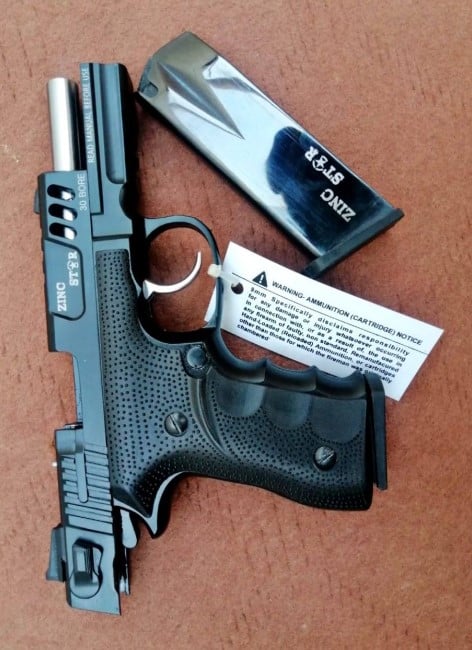
Getting a new gun is not the easiest thing. The firearm can be functional and perfect, but it can also be damaged, faulty, or even outright broken, or non-functional.
Thus, inspecting a gun before buying is a crucial thing. However, it is much easier said than done. So, how do you inspect a gun before buying it? What to look for and how far can you go?
When looking for a gun, it is mandatory to perform an overall check. The check should include both a quick overview of its physical condition and its history, previous owners, etc.
The physical inspection may include checking its action, trigger, magazine, dry fire, dummy fire, and other mechanisms. Investigating its serial number will reveal whether the gun has been reported stolen or been associated with any crime and such.
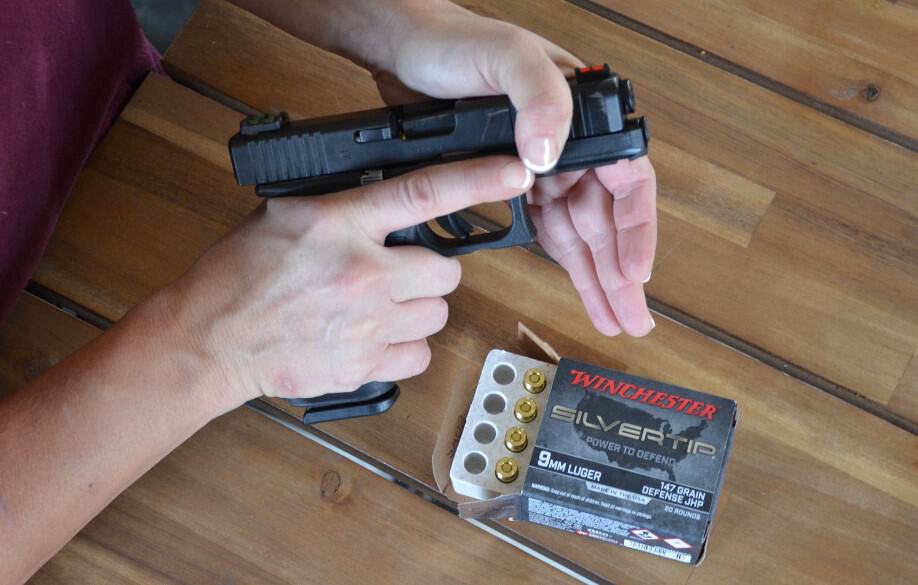
When buying a brand-new fresh gun, it is not of much importance. Since the gun is being sold legally, it is not likely to have any imperfections or defects. Even less likely to have any past history.
However, a thorough checkup is much more necessary when you are buying a used gun whether it be from your friend, some other dealer, or online for that matter. Regardless, it is still a good idea to check a gun thoroughly before buying even if you are buying a fresh gun.
Inspecting A Gun Before Buying
Inspecting a gun before buying is an important step in purchasing a firearm. It is the buyer’s responsibility to ensure that the firearm they are buying is safe and won’t cause harm to anyone.
When buying a new gun, Your inspection begins as soon as you first lay your eye on it. But before thoroughly investigating, always let the owner know and ask for his permission. The investigation process is as follows:
1. Ask the Owner
Start by asking the owner. If it’s a new gun, then simply ask for his permission to do a thorough check of the gun. Let him know that you will be disassembling the gun. Yes, you will be disassembling the gun. It is necessary to check the inside and structure.
But if it is a used gun, before asking to disassemble, ask him about the gun. How long did he own the gun, whether the gun is clean or not, and if there is something you should know about the gun.
You never know what you may find out. You could find out something interesting, or you could find out anything suspicious about it. In any case, you should be aware of it.
Remember, if the seller does not allow you to inspect, DO NOT BUY THE GUN. There has to be something wrong, and it’s not worth the risk.
Additionally, always make the payment using a credit card, PayPal, or any other major payment method. If you happen to be in trouble, they might pull you out. Finally, proceed to the inspection.
2. Check for Any Physical Damage
Take a good look at the gun and look for any visible signs of damage or wearing. Again, you are unlikely to see anything if it’s a fresh gun.
But a good look at a used gun will give you useful information about its past, like how much it has been used, how abused it is, how was it handled, whether it has been taken good care of, and much more.
Besides just looking, you should also hold the gun and see if it feels any different. Give it a good shake. If you hear or feel anything rattling, or moving, it’s a bad sign. Nothing should be moving if the gun is in a perfect state.
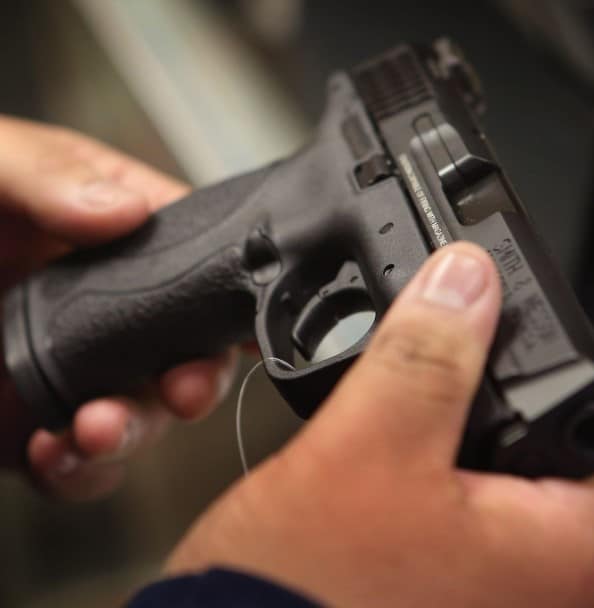
3. Check The Mechanisms
Check the moving parts of the gun. The first thing I want to mention is to follow the basic firearm safety law.
The Magazine
The first thing I wanna mention is to test the magazine. Insert an empty magazine into the magazine well and push it all the way in.
Finally, give it a little spank and you should hear the usual click that indicates that the magazine is locked. It should not come down, fall off, move, or do something unusual. If it fits snuggly, then it’s good.
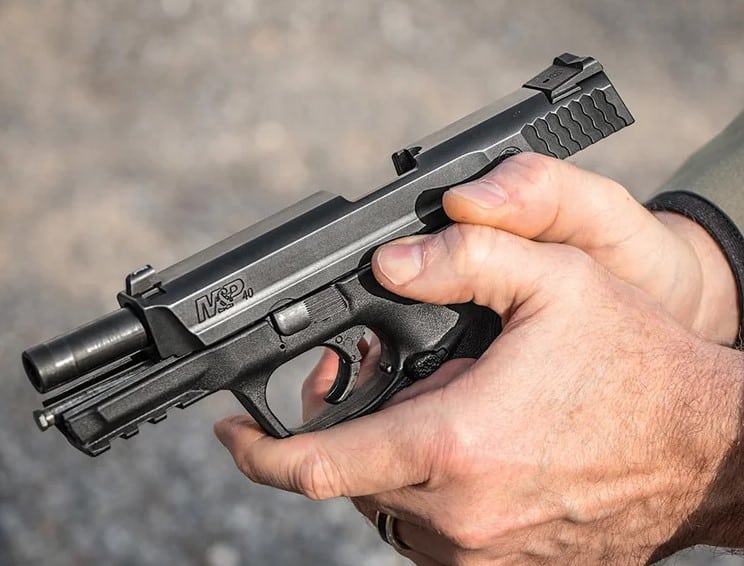
The Trigger
Then check the trigger. Besides the health, I mean overall look and condition, of the trigger, see if it functions properly. Slowly pull the trigger all the way to the rearmost position.
The hammer should drop normally and cleanly. Then let go of the trigger slowly and you should hear the disconnector click. See if the action slides without any hiccups.
4. Look for Tampering Marks
Always keep an eye open for anomalies. Keep a sharp eye on every single screw, the pins, extractor, hammer, basically all the functional parts.
You are looking for damage, grooves, wear, or other marks that indicate that the gun has been tampered with in the past. All those are big red flags. Stay away from the gun. Or if you really want it anyway, then those are big points for negotiations.
5. Check The Serial Number
Every single firearm comes with a serial number. They are there to help protect the weapon from being misused. When a firearm is sold, it is in the records. The salesman, and later on, the cops have access to the information.
If the firearm that you are about to buy does not have a serial number, or scratches, removed, or have been tampered with, that means the gun likely has a bad history.
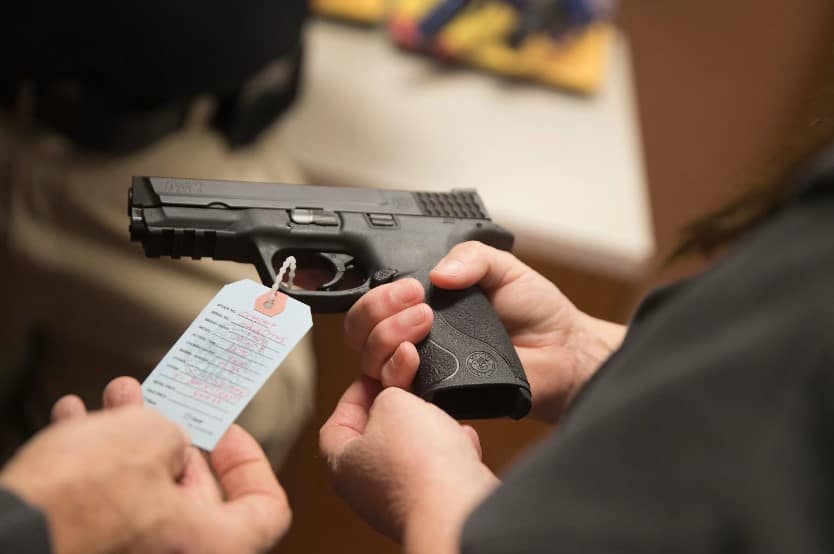
It could be stolen, could be found and illegally sold, or could even have something to do with a crime. All of it may end up sending you to jail.
Make sure the gun has a clean and visible serial number. If possible, do some research before confirming the deal to see if the gun has been reported lost or stolen.
6. Field Stripping The Gun
Last but not least, Ask the owner to allow you to field strip. When the firearm is in perfect shape, they should not have any issue allowing you to field strip. Or they may want to disassemble it themselves for you. In any case, take a deep look and look for damaged marks.
You may find some dust, or lubricants, or grease inside, but as long as they are minimal, it is fine. However, if you happen to locate some cut off, sanding, filing, or anything of that sort, I’d strongly recommend stepping out of the deal.
If everything feels right, reassemble the gun. See if all the parts fit together properly and connect snuggly. There should not be any free movements, or small parts rattling, or simply you should not have to struggle by any means to reassemble the gun.
7. Do Some Test Shots
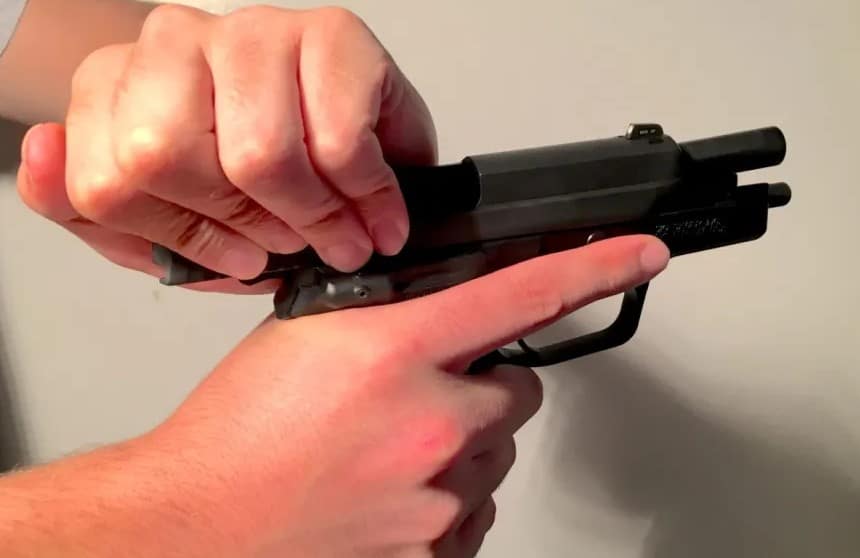
Another great thing to try is to run test shots. Dry shots are pretty much required when doing a full inspection. It is sort of a part of the trigger check. Another great way to test the functionality of a gun is to dummy fire.
They are essentially rubber bullets without any live primer. Dummy shots are useful because unlike dry firing, you are testing the ins and outs of the gun.
You are going through the whole loading and firing cycle and testing the gun from the inside. One thing to keep in mind is to always maintain basic firearm handling rules, even if it is empty, or just a dummy shot.
Final Words
That’s pretty much it in inspecting a gun before buying it. If the gun is a brand new one, then it should almost always check every single criterion. However, if handled and maintained properly, used guns should also pass the test without any hiccups.
I personally prioritize hiccups a lot, because it is a firearm we are talking about. Even a single little issue could result in a bad incident. Anyway, hopefully, all things will go well, the firearm will be decent, and you will get yourself a new handgun. Cheers.

